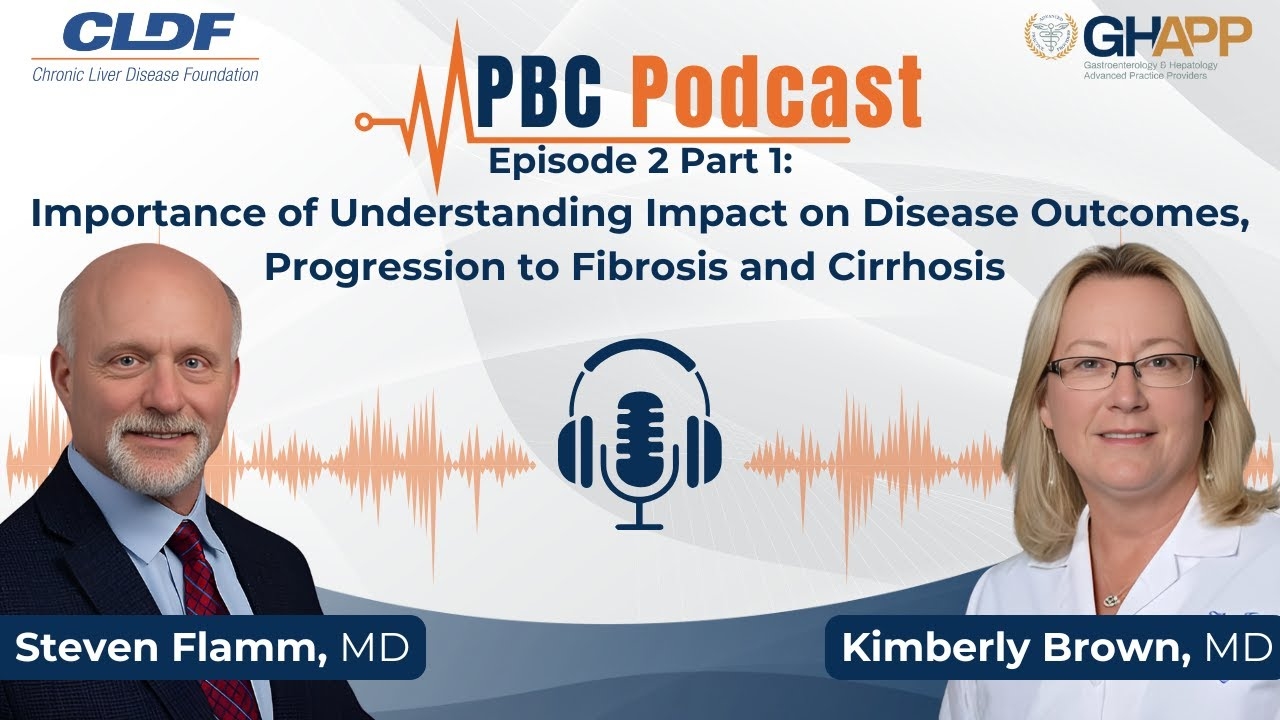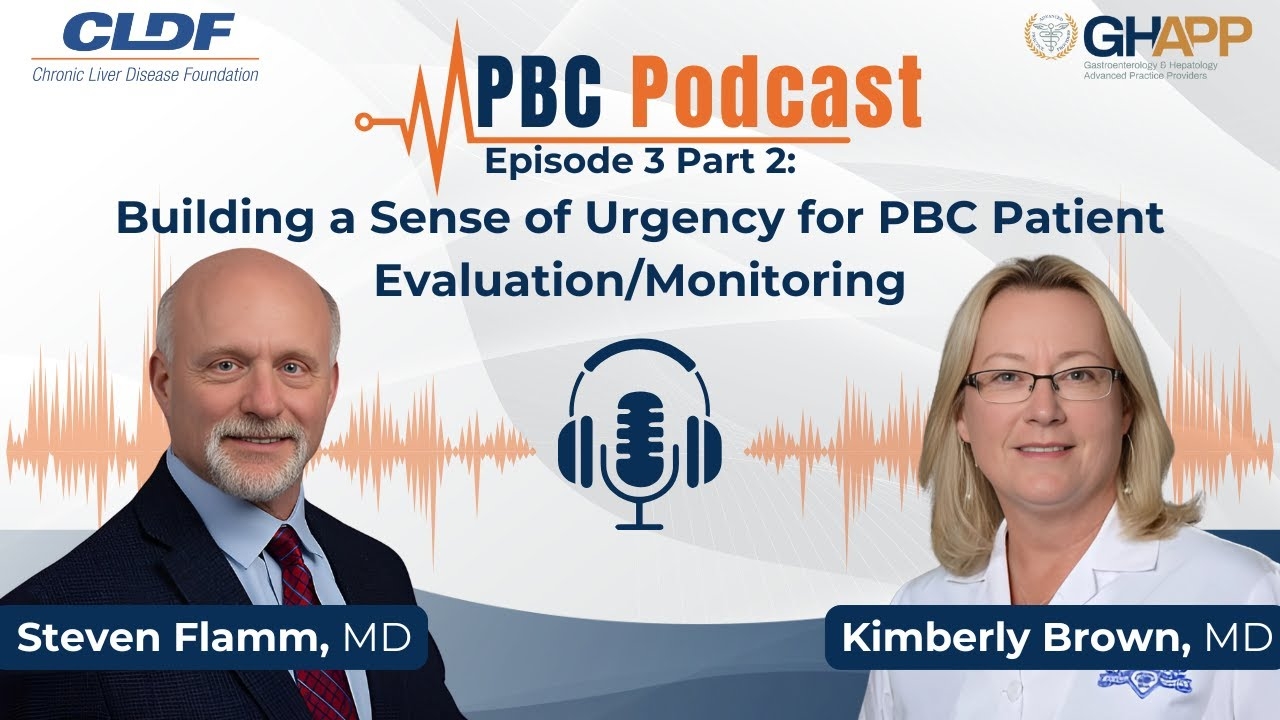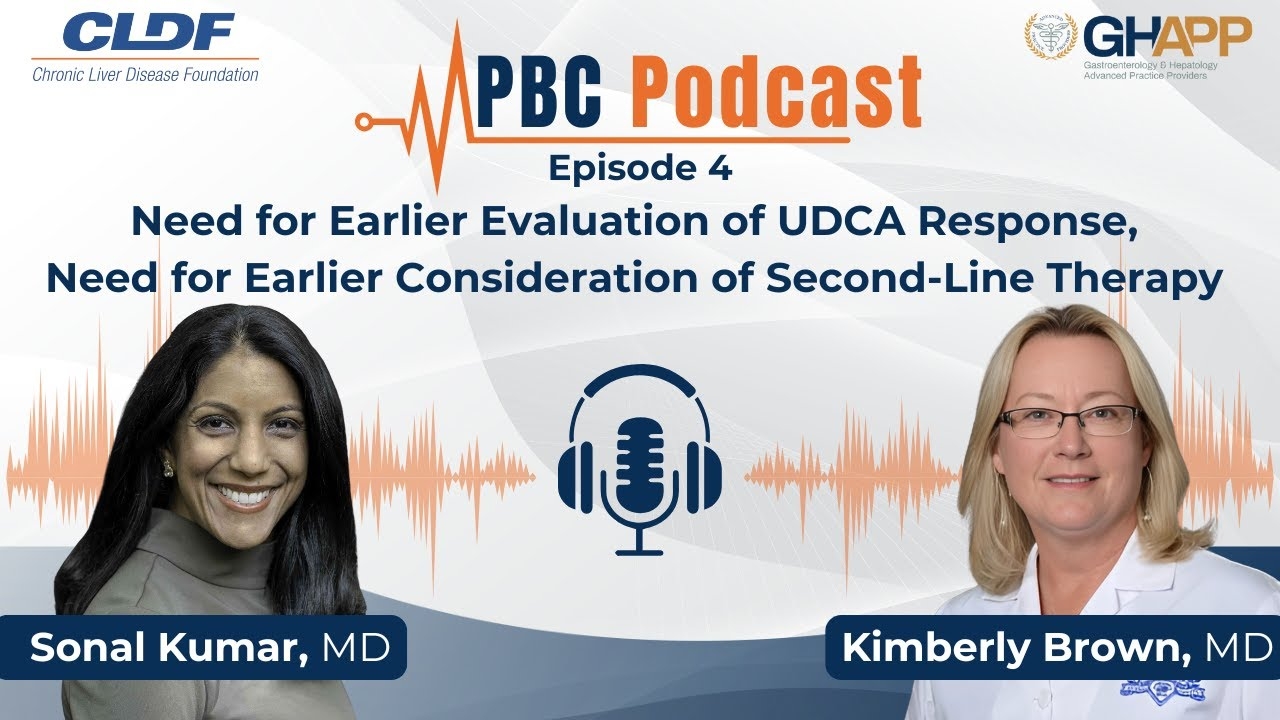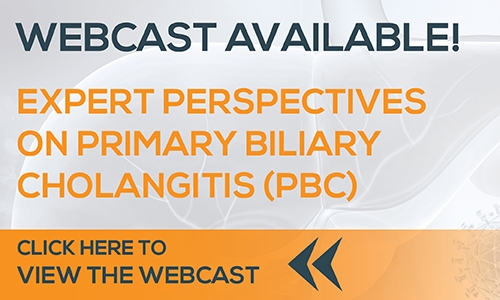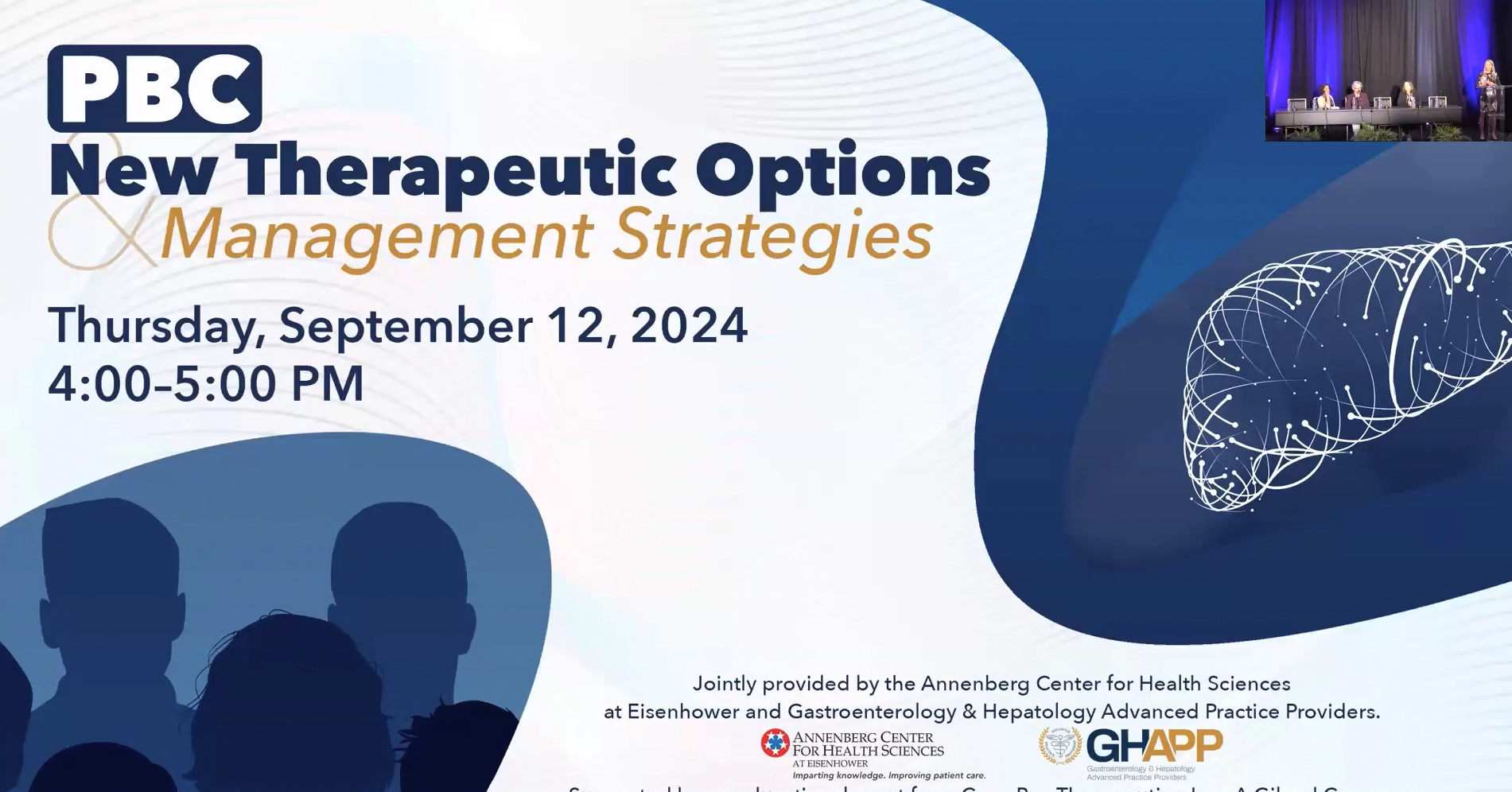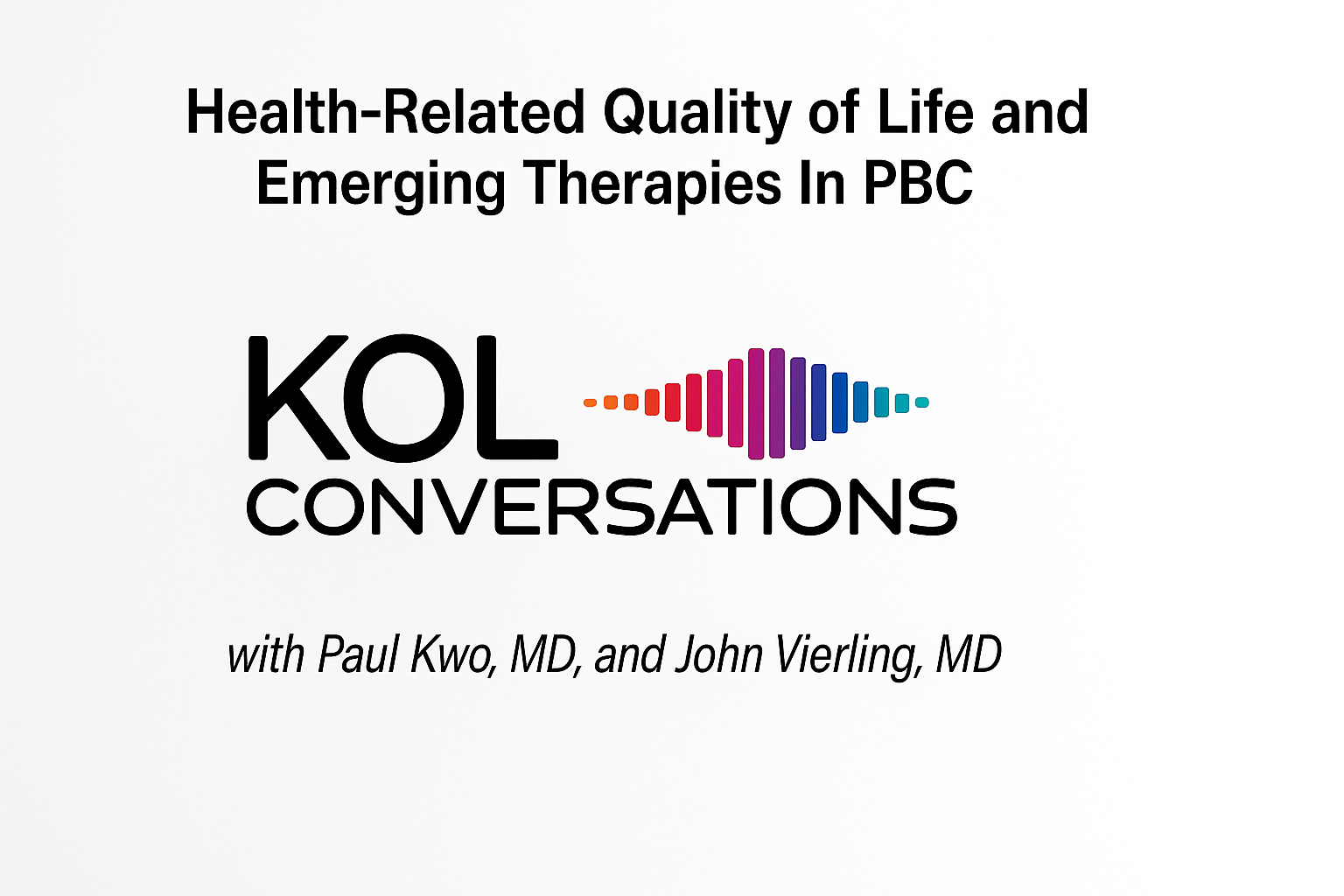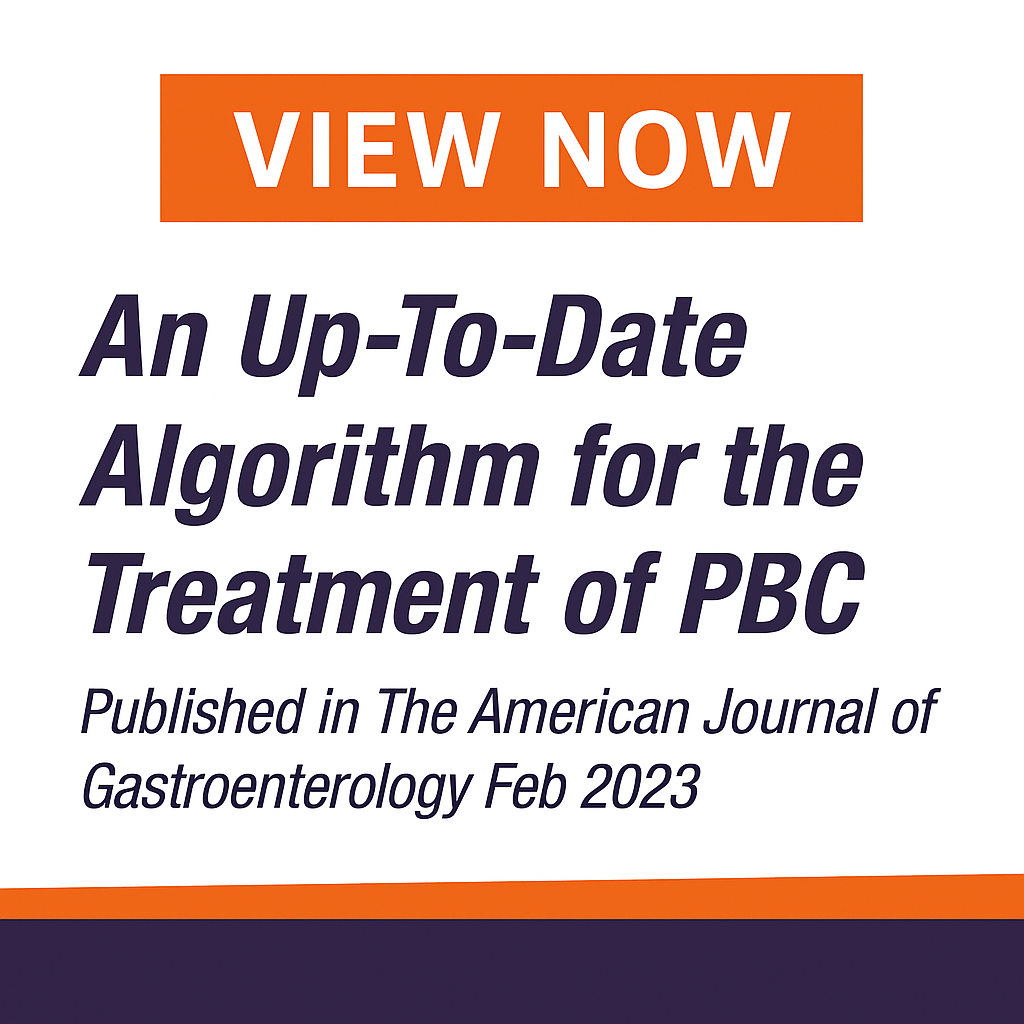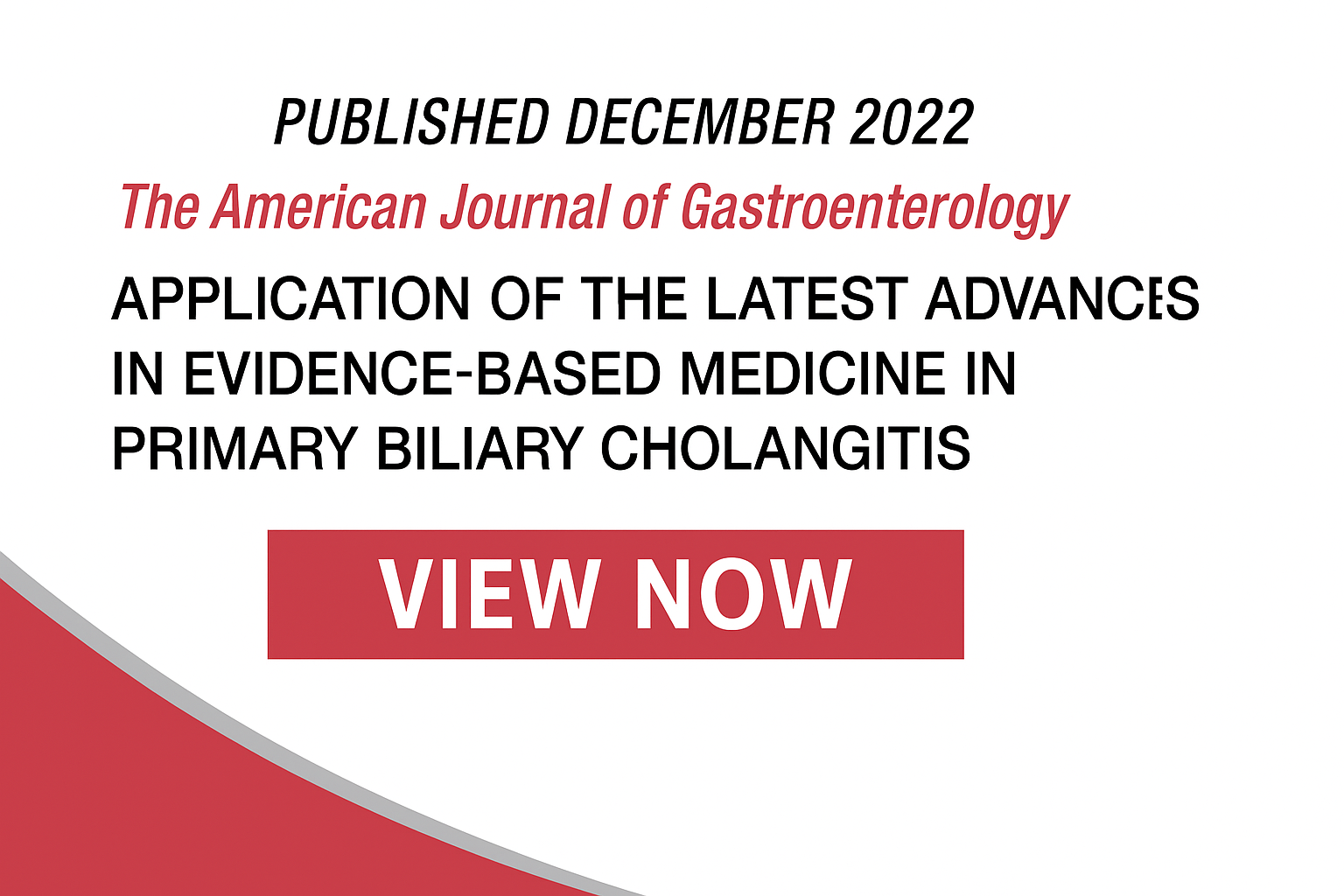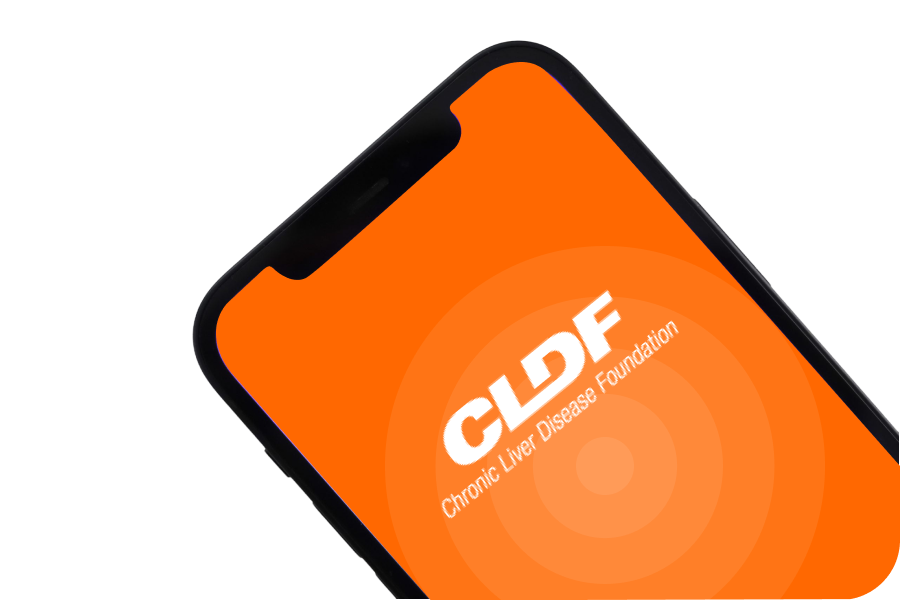Cholestatic Pruritus Across the Age Spectrum: What Are You Missing?
When considering cholestatic pruritus across the age spectrum, a key point to remember is that while the underlying mechanism is similar, pediatric patients often present with unique challenges in diagnosis and management due to factors like limited communication abilities, potential side effects of medications, and the need for careful dosage adjustments; additionally, older adults might have co-morbidities that complicate treatment and require a more nuanced approach to managing pruritus
Podcasts
Webcasts
Publications
View All Modules
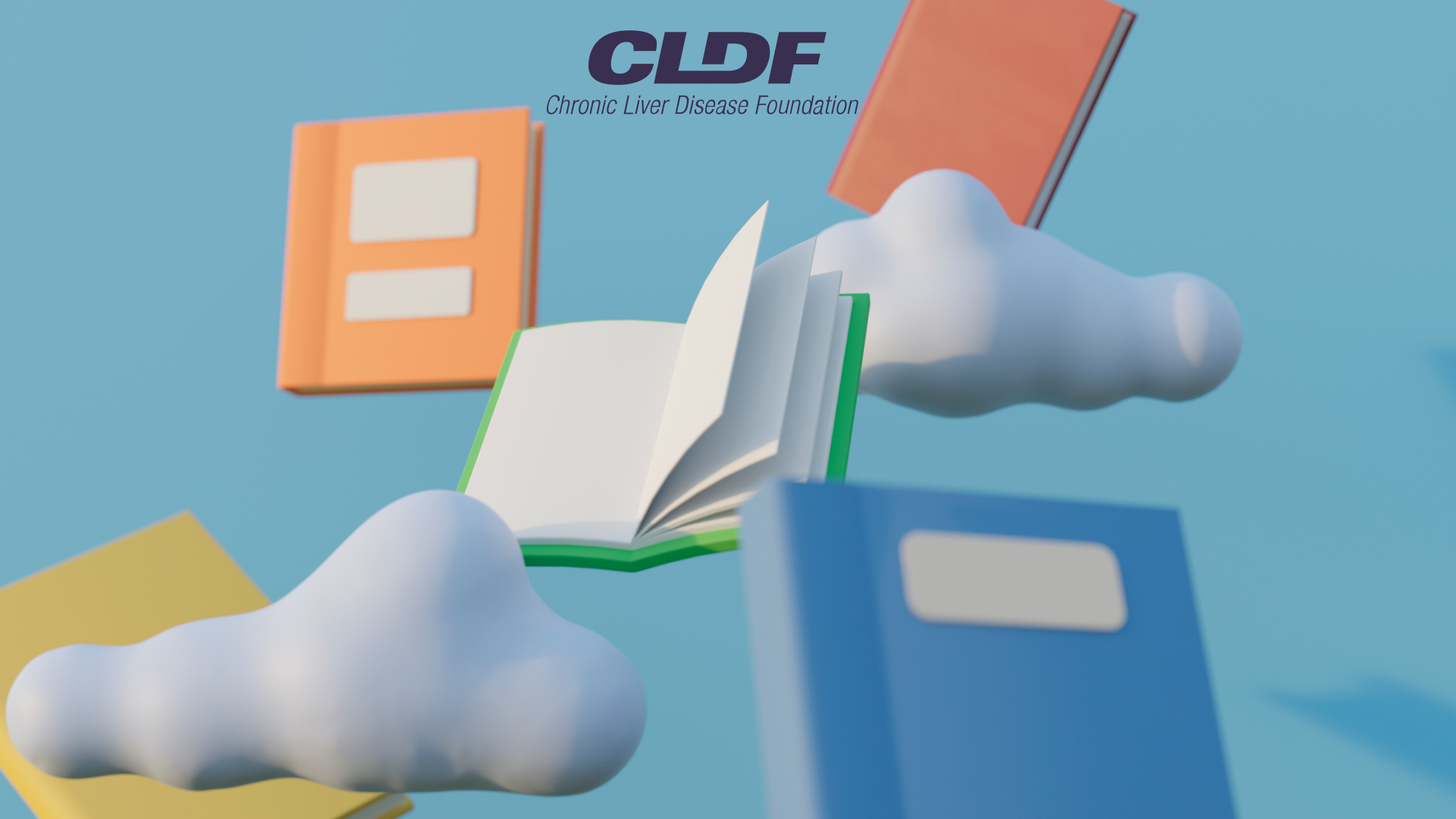
Insight into enhanced azo dye removal and degradation by biochar-supported Co-Fe bimetallic catalysts: Performance evaluation, mechanism, and ecotoxicity assessment.
Deng Qiao (Q);Lu Xinxin (X);Qin Jianhua (J);Zhao Xiaojing (X);Wei Dan (D);Xu Jingjing (J);Wang Xu (X)

Recurrent Primary Biliary Cholangitis After Liver Transplantation: A Global Meta-Analysis of Epidemiology and Risk Factors.
Passos Pedro Robson Costa (PRC);Filho Valbert Oliveira Costa (VOC);Noronha Mariana Macambira (MM);Rossi Yohanna Idsabella (YI);Vitor Isabelle Castro (IC);Tomé Milena Ramos (MR);Amador Wellgner Fernandes Oliveira (WFO);Silveira Igor Boechat (IB);Leite Marina de Assis Bezerra Cavalcanti (MABC);Motta Rodrigo Vieira (RV);Cançado Guilherme Grossi Lopes (GGL)

Histological characteristics of primary biliary cholangitis in patients with incomplete responses to ursodeoxycholic acid.
Harada Kenichi (K);Kakuda Yuko (Y);Tanaka Atsushi (A);Abe Masanori (M);Namisaki Tadashi (T);Shimoda Shinji (S);Zeniya Mikio (M);Ido Akio (A);Yoshiji Hitoshi (H);Ohira Hiromasa (H);Umeda Atsushi (A);Kamiya Yuki (Y);Higashine Yukari (Y);Hojo Seiichiro (S);Imai Toshio (T);Kawano Tetsu (T);Tsubouchi Hirohito (H);Nakanuma Yasuni (Y)









